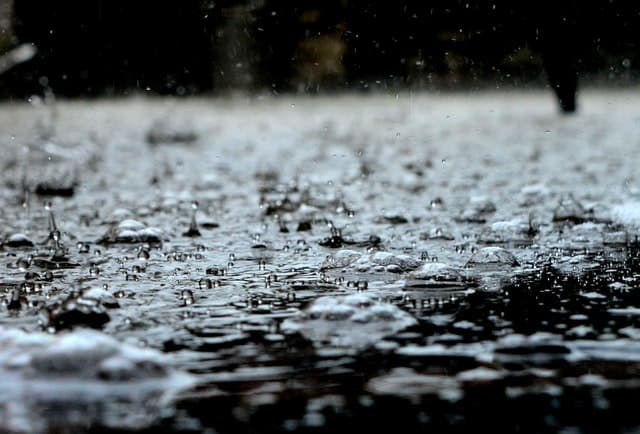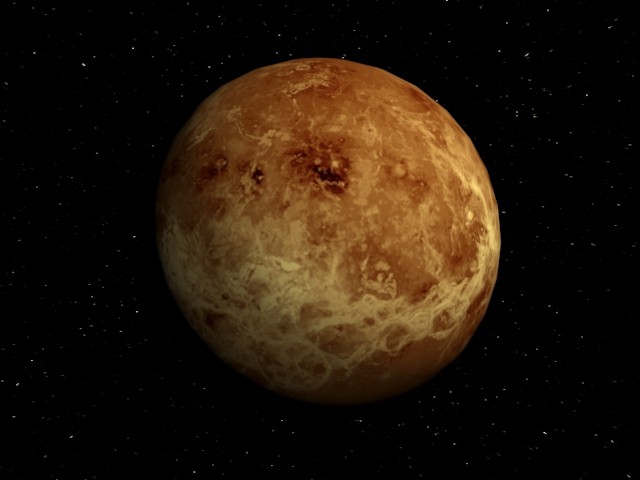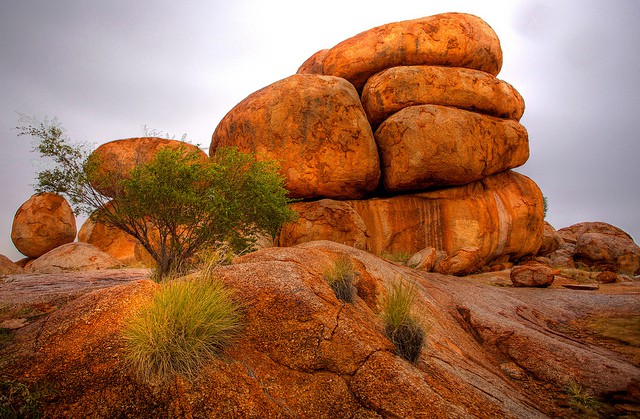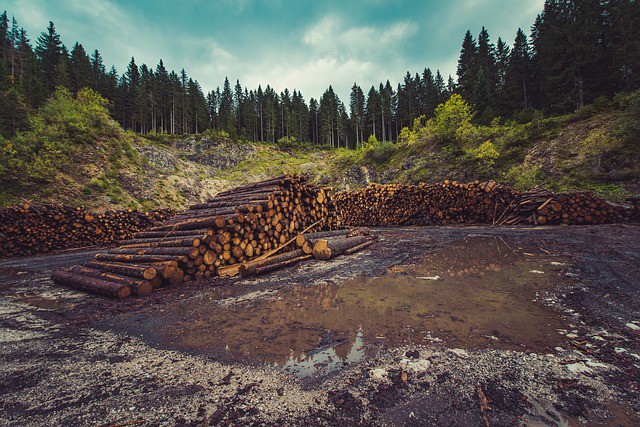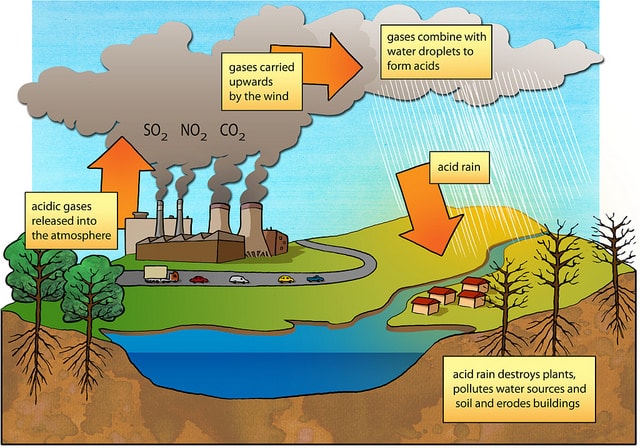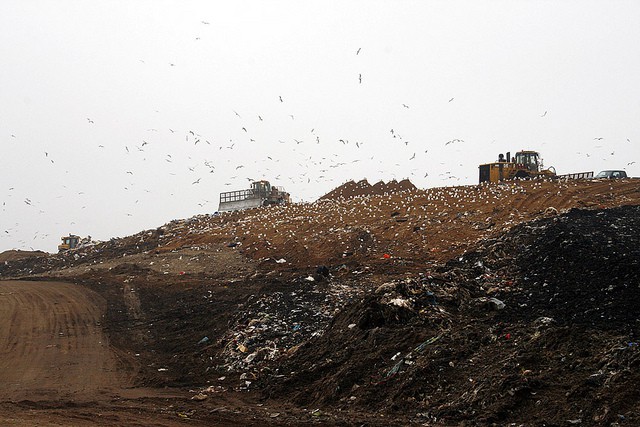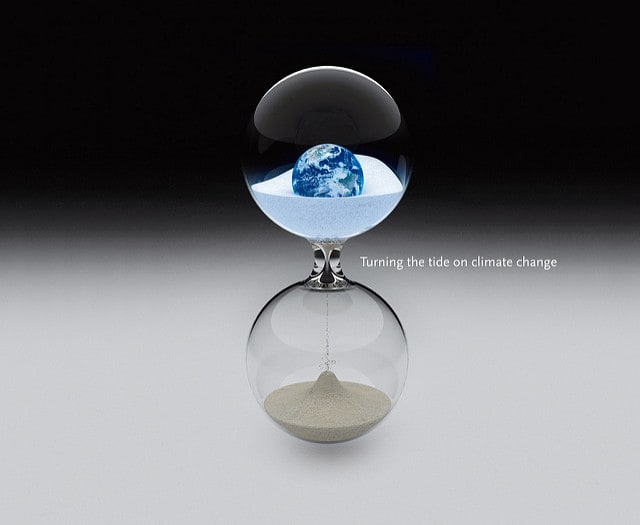Sources, Formation, and Splendid Solutions of Acid rain
Acid rain is a broad term that includes any precipitation which has acidic components like sulfuric or nitric acid that fall from the atmosphere to the ground in the form of rain, snow, fog, hail or even dust. The acid rain containing water is known as wet deposition, while the acid rain with dust or…


